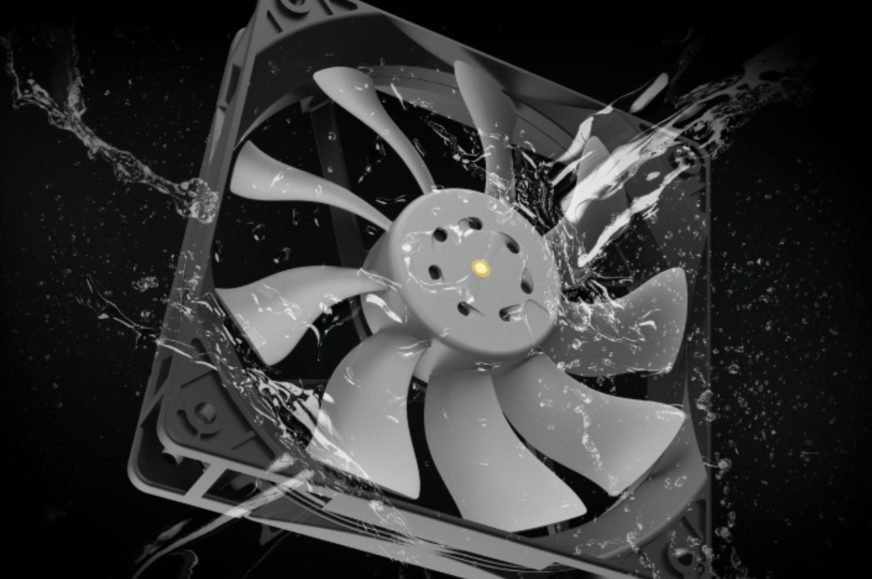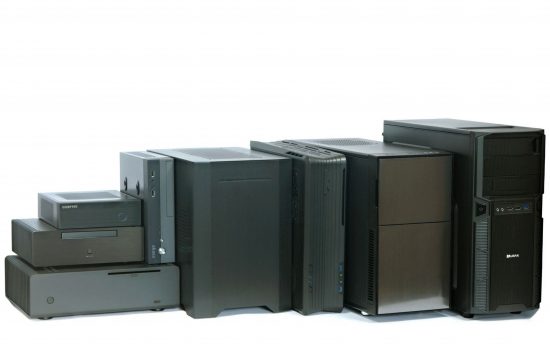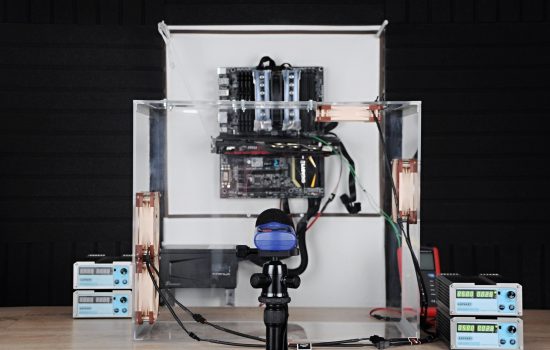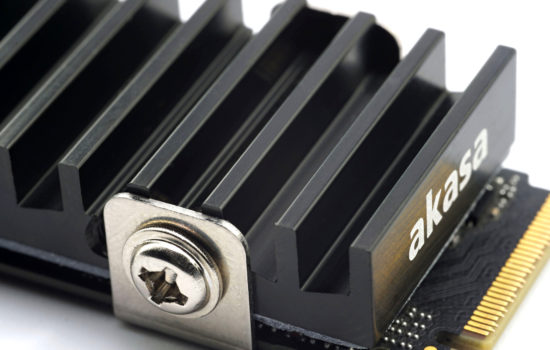Two new Akasa fans. One for cases, the other for radiators
Added value in fans can take different forms. In the case of Akasa’s new OTTO SF12 and OTTO SC12 fans, it is dust resistance and the fans are also not to be disrupted by contact with liquid. Such designs are typically suited to the harsh ambient conditions of industrial plants. But neither airflow nor pressure is supposed to be on the second track. Finally, the fans also excel with a sophisticated anti-vibration system.
The new Akasa fans are aimed mainly at industrial environments. This is a rather good move, as the vast majority of fans are optimized for clean homes. But the new Akasa fans are also suitable for dirty environments and you shouldn’t drown them in water either. Sealing the motor, however, makes it particularly suitable for dustier environments, increasing the lifespan of the fan itself, which also maintains a more stable performance over time. This is because dust particles do not get into the lubricant, which thus remains in good condition for a long time. Without this kind of insulation, dust would enter the lubricant to a greater or lesser extent, increasing friction until, at some stage, the fan may eventually stop working because the motor can no longer overcome the frictional resistance.
The protection rating here is IP68, which means it’s completely dustproof and works even when submerged in water. Akasa has already addressed similarly durable hardware within its passive cases, and now adds two fans to the family. One is designed to achieve the highest possible airflow (we assume even through an obstacle) and is intended to be suitable for use inside cases.
This is the OTTO SF12.
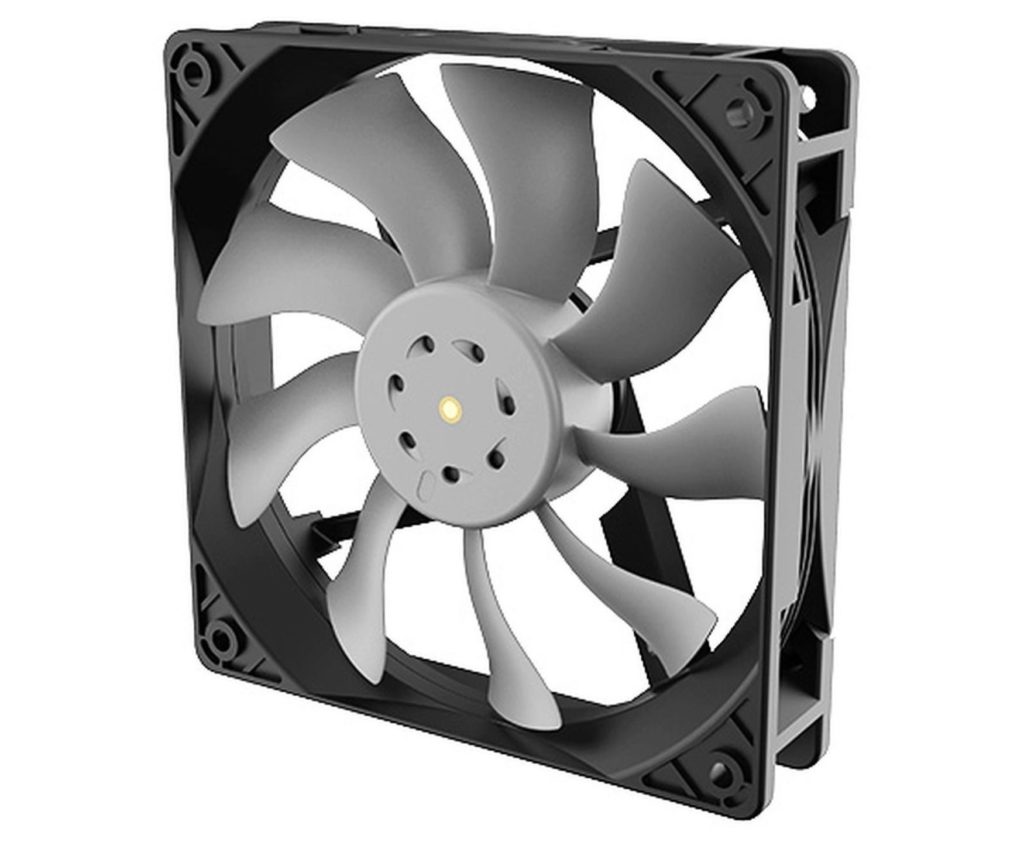
The OTTO SC12 fan, in turn, is designed to work better on cooler radiators due to its high static pressure. Both fans have a 120 mm format and a three-phase torque motor. Thus, low friction can be expected, which creates a good base for very low start-up speeds, low power draw, but also low noise in terms of the non-aerodynamic component of the sound.
The speed range of both fans is 0-2000 rpm, so it is obvious that at low PWM intensity the fans will go into passive mode. The OTTO SF12 model with wavy blades is recommended by Akasa for installation in a case where the fan will provide air exchange. The airflow is quoted as high as 164.8 m3/h. Compared to the OTTO SC12 (162,6 m3/h), the difference is minimal, but it is naturally assumed that the loss of airflow through a grille or dust filter of the OTTO SF12 will be smaller. Just as you’d expect the OTTO SC12 to do better, pressure-wise, on radiators. The difference in achieving static pressure is also quite small, with 3.84
mm H2O, the OTTO SC12 leads only by 7 %. With an obstacle, however, this difference can be more pronounced.
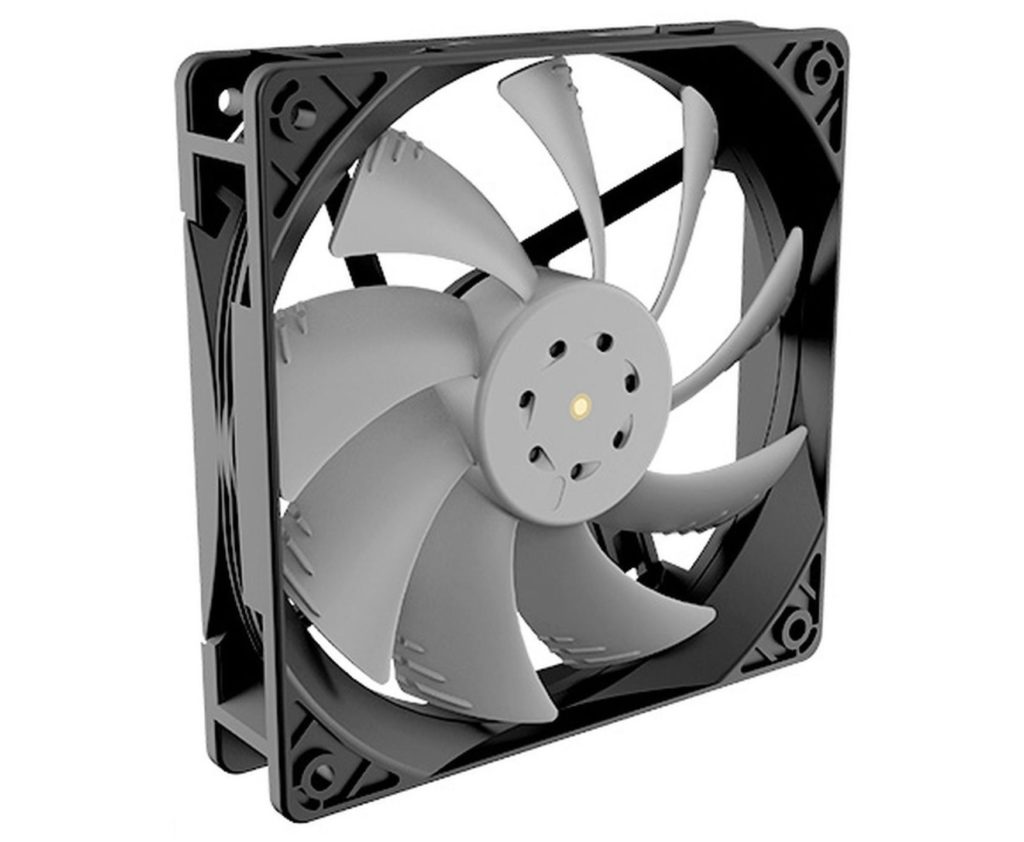
The design of these fans is remarkable in one more thing. On the more turbulent side, the frame material is supposed to be more flexible and reduce vibration transfer to the body of the case. And perhaps even at high speeds and at high airflow, alongside which some vibrations have not been avoided by any of the fans we have tested so far. So hopefully we will be able to agree on terms with Akasa and we will be happy to check if this solution really brings something extra. But it will only work when mounted from the “push” side, where there is more turbulence (so it makes sense). From the opposite side, through which you typically mount system fans in the input positions, there is already a fixed frame and you will need long rubber spikes (these are included) to eliminate vibration transfer to the case.
The fans use double ball bearings and the Mean Time Between Failure (MTBF) has been set at 80,000 hours by Akasa. Warranty is for two years and the final price of both the OTTO SF12 and the OTTOSC12 is 23.55 EUR.
English translation and edit by Jozef Dudáš





